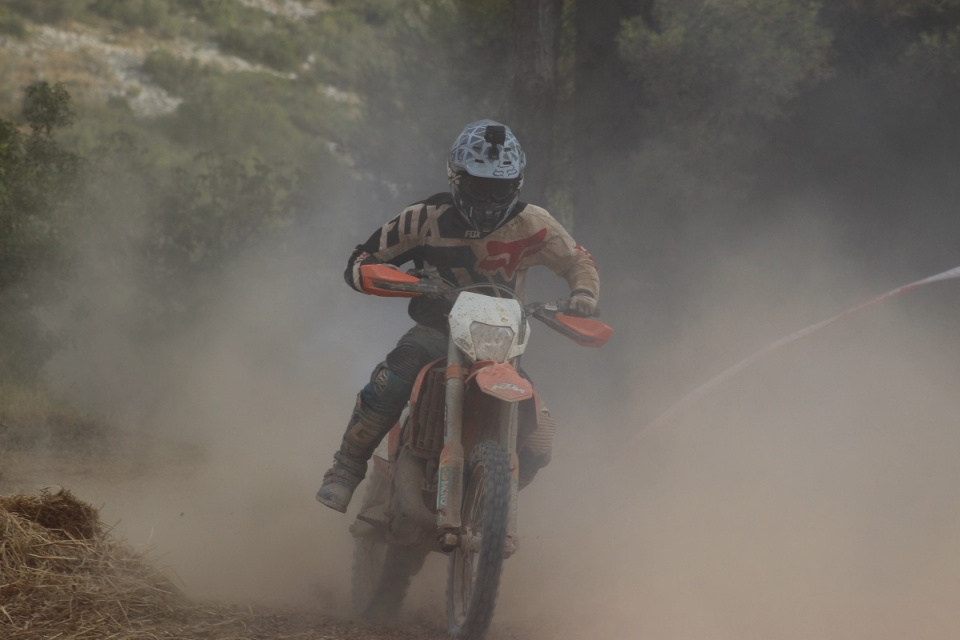
- The Pico de Orizaba (Citlaltépetl) in Veracruz is the highest peak in Mexico. This volcano, standing at 5,747 metres, has a snow-capped summit year-round. On its slopes, you can find ideal conditions for alpine skiing and snowboarding.
- The Popocatépetl, rising to 5,452 metres, lies on the border between the states of México, Morelos, and Puebla. Still active, it is the country’s second-highest peak and remains covered in perpetual snow.
- The Iztaccíhuatl, Popocatépetl’s neighbouring volcano, stands at 5,282 metres and spans México and Puebla states. Its name means "Sleeping Woman" due to its three peaks resembling a head, chest, and feet. This is another option for skiing and snowboarding adventurers in Mexico.
- The Nevado de Toluca (Xinantécatl), Mexico’s fourth-highest volcano, reaches 4,558 metres and is located near Toluca. This extinct volcano features two stunning crater lakes—Laguna del Sol and Laguna de la Luna—separated by an ancient lava flow. It also holds remnants of pre-Hispanic ceremonial sites. With seasonal snow, some skiers and snowboarders freely tackle its snowy slopes.
- The Malinche (Malintzin), at 4,461 metres, lies between Puebla and Tlaxcala. This extinct volcano is named after La Malinche, the famed interpreter who aided the Spanish during the Conquest. For the adventurous, it offers free-ride skiing or snowboarding.
- The Nevado de Colima, at 4,450 metres in Jalisco, has a snow-covered summit for much of the year, making it another option for Mexican snow sports enthusiasts.
























